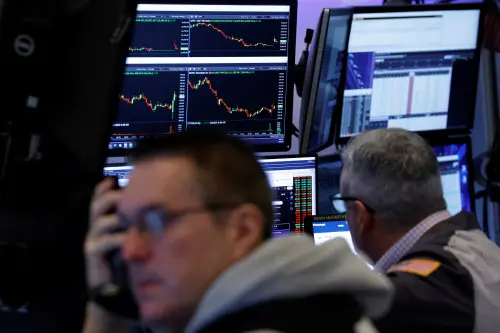NEW YORK, March 13 (Reuters) - The U.S. stock market is currently experiencing a correction for the first time in over a year, raising concerns about the potential for a further decline.
The S&P 500 index has fallen over 10% from its high on February 19, meeting the standard definition of a correction. This decline mirrors a similar drop in the Composite index, which recently confirmed its correction status.
The downturn in the S&P 500 has resulted in a market value decrease of approximately $5 trillion since the February peak. This represents a significant shift in sentiment from the beginning of the year when optimism was high regarding Trump's policy initiatives. The last correction for the index occurred in late 2023.
Market corrections are a relatively common occurrence, with the S&P 500 having experienced 56 corrections since 1929 according to data from Yardeni Research. Notably, only 22 of these corrections have evolved into bear markets, defined by a drop of 20% or more from recent highs.
On average, corrections result in a peak-to-trough decline of 13.8%, significantly less than the 35.6% decline seen in bear markets. Despite the potential impact, corrections typically have a milder effect on the overall market.
Investors should consider a cautious approach when re-entering the stock market, as corrections usually last about 115 days. The current correction has been ongoing for 22 days.
Trade tensions, particularly related to tariffs imposed by the Trump administration, have contributed to investor uncertainty, raising concerns about potential economic impacts and the risk of recession.
In response to the market turmoil, investors have turned to traditional safe havens like the Japanese yen, gold, and U.S. Treasuries. These assets have seen increased demand amid the market volatility.
The broader economic uncertainty has led to a surge in caution among businesses, consumers, and investors. Rising policy ambiguity is not only affecting the stock market but is also influencing business investments and consumer spending.
Amidst this backdrop, there is a shift in investor sentiment, with individual and institutional investors showing a more pessimistic outlook towards U.S. stocks. This sentiment change has been underscored by increased demand for market protection, as indicated by the rise in the Cboe Volatility Index.
As investors navigate through this correction, there is a shift in market dynamics with a potential change in leadership from tech and growth stocks to other sectors.
